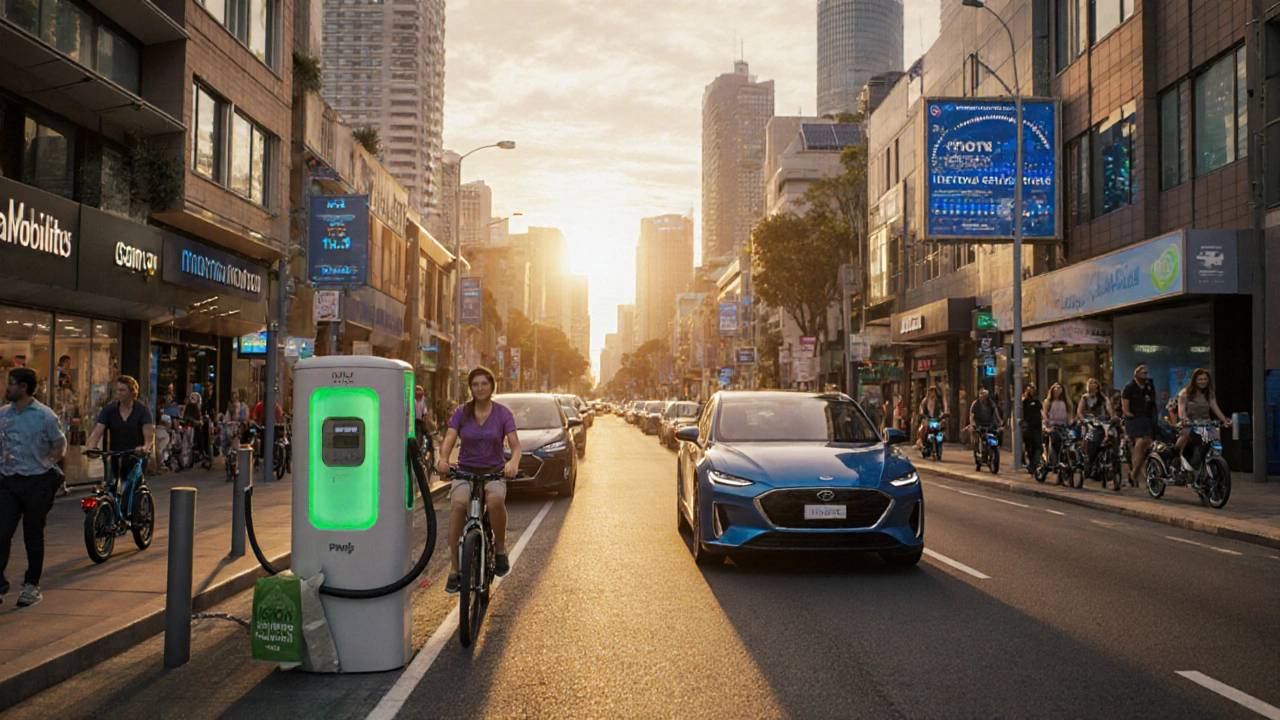Consumer Demand 2025: What’s Shaping Buying Choices Today
When talking about Consumer Demand 2025, the pattern of buyer preferences and purchasing power expected to shape markets in the year 2025. Also known as 2025 consumer demand, it reflects how lifestyle shifts, tech adoption, and pricing pressure line up to decide what people will actually buy. Understanding consumer demand 2025 helps you spot the next big product, plan the right inventory, and align your cost structure with what shoppers are willing to pay.
Key Factors Driving Consumer Demand
One major driver is the rise of most in-demand products, the categories that consistently rank at the top of sales charts in 2025, such as smartphones, health‑tech gadgets, and sustainable apparel. These items shape buyer expectations across other segments – if a consumer is used to premium smartphone features, they’ll expect similar tech in wearables or home devices. Another factor is manufacturing startup cost, the total capital required to launch a production line in 2025, covering equipment, labor, compliance, and financing. When cost barriers drop, new players can enter niche markets quickly, expanding the range of products that satisfy emerging cravings. Finally, global market trends, the broader economic, regulatory, and technological shifts that influence demand patterns worldwide set the stage for regional preferences – a surge in renewable energy policies, for example, fuels demand for eco‑friendly gadgets and green packaging.
These three elements don’t exist in isolation. Consumer demand 2025 encompasses most in-demand products, requires a clear view of manufacturing startup cost, and is heavily influenced by global market trends. The interplay means a product that looks attractive on paper may falter if the cost to produce it spikes or if worldwide trends swing away from its core value proposition. Below you’ll find a curated set of articles that break down each of these angles – from cost breakdowns for new factories to deep dives on the top‑selling items and the waste that can cripple a startup’s profitability. Dive in to see how these insights can sharpen your strategy and keep you ahead of the buying curve.
Top Trending Products Consumers Are Buying in 2025
Discover the product categories Australians are buying most in 2025, why they matter for manufacturers, and how startups can turn these trends into profitable ventures.
Read More




